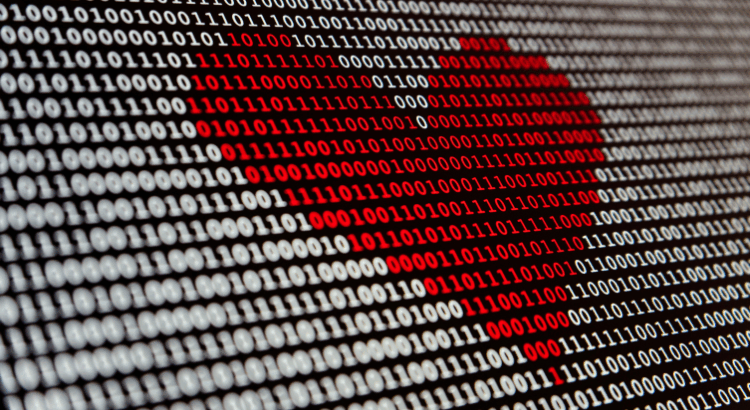Binary is a number system that uses only two digits: 0 and 1, kind of like a strict “yes” or “no” party where not even a maybe is allowed.
Every modern IP address, including those in your typical Class C network, is essentially a long string of these 0s and 1s. While it might seem intimidating at first, this binary code is the secret sauce that turns a jumble of numbers into something meaningful for our digital world.
In a Class C network, an IPv4 address is split into 32 bits, neatly organised into four octets (i.e., groups of 8 bits). For example, consider the IP address 192.168.1.0. When you break it down into binary, it looks like this:
- 192 →
11000000 - 168 →
10101000 - 1 →
00000001 - 0 →
00000000
The standard Class C subnet mask is 255.255.255.0, which in binary is represented as 11111111.11111111.11111111.00000000. This mask tells you that the first 24 bits belong to the network (the big party venue), while the last 8 bits are reserved for individual hosts (the party guests). This clear-cut division makes it super easy to see which part of the address is fixed for your network and which part you can tweak for different devices.
Now, here’s where the magic of binary really shines: with those last 8 bits, you have 2⁸, or 256, different combinations. However, two of these combinations are always off-limits – the one where all host bits are zeros (the network address) and the one where they’re all ones (the broadcast address), leaving you with 254 usable addresses. Think of it like having a row of dinner chairs where two are permanently reserved (one for the host and one for the party narrator), while the rest are up for grabs.
And if you decide to carve out smaller subnets within your Class C space, you’re simply reassigning some of these bits, thanks to the inherent flexibility of binary math. It’s a delightful mix of rigid rules and clever creativity that keeps your network both organised and scalable.
—| ![]() |—
|—
MyHomeLab
Photo: Alexander Sinn
